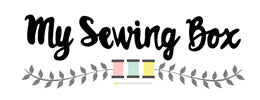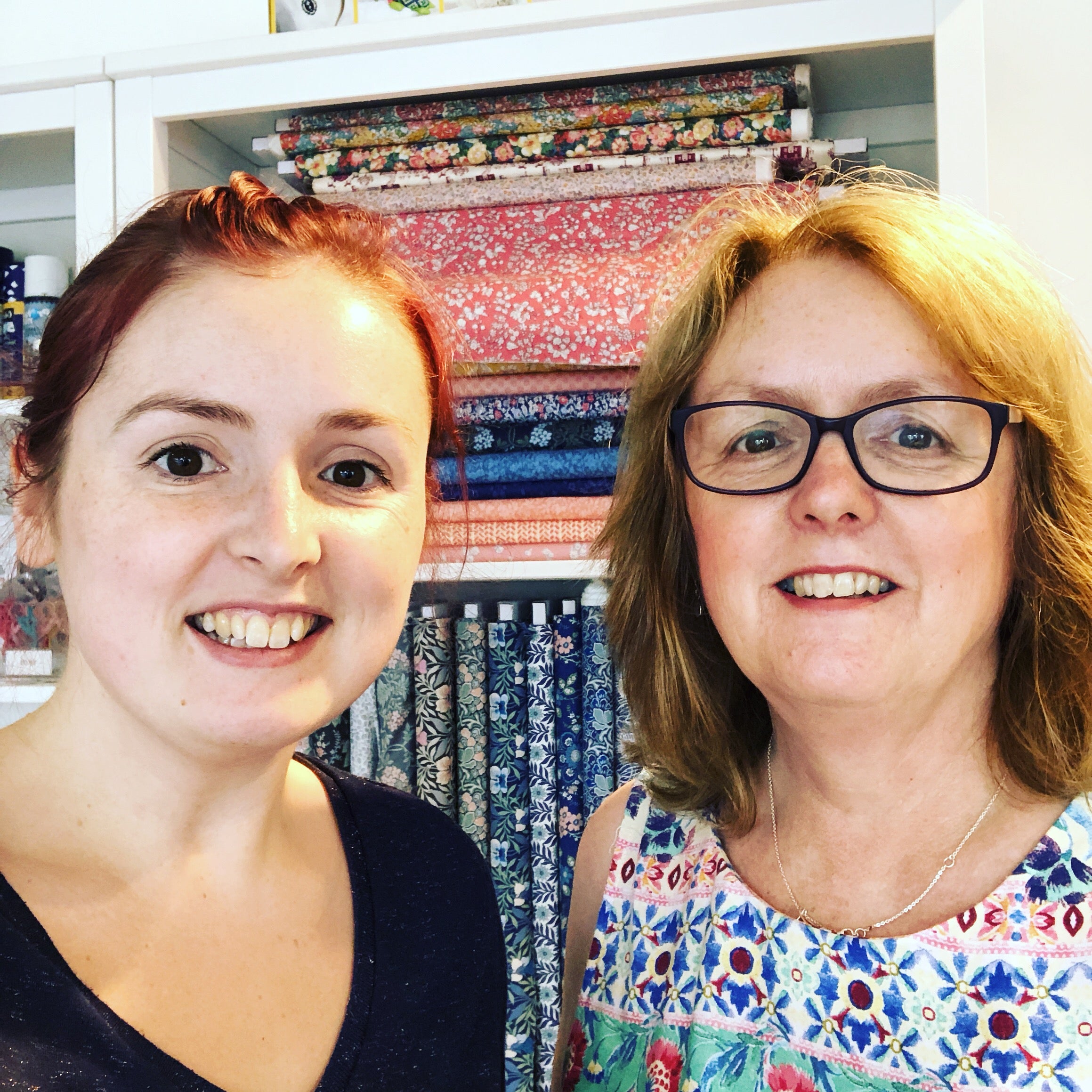So you've decided that you're gonna have a go at sewing, and you want to invest in a snazzy machine - but which one do you go for? Choosing a machine can often be confusing, especially if you've never really sewn before. You don't want to be wasting money on features you don't need, but you may not feel like you know what you should have as a standard on your machine. Read on!
How to Choose a Sewing Machine
Brand

When choosing a machine, there are so many different brands to pick from. Each one makes their machine in a slightly different way, although they all tend to do essentially the same thing and have the same core features. Some swear by one brand in particular, others don't mind which they sew on. We would personally recommend Janome machines for their durability and practicability, but other popular brands are Brother, Viking, Singer and Bernina.
Complexity
Machines vary from fairly simple manual machines (and mini machines), to digitised and computerised ones that automatically adjust to what you're sewing. Deciding which model to go for can often be tricky, as there are so many features! On the whole, starting on a manual rather than computerised machine is often best, as you learn how to work out thread tension and other important knowledge which you may need in the future. Manual ones tend to be much cheaper, starting from below £100, whereas digitised machines begin from around £250. If you are an intermediate or above sewer, then selecting a digitised or more complex machine is often a better choice as it will see you through a wider range of projects with more extensive features such as automatic button holes, free arm, more footers, and a wider range of stitches.
Functionality
The functionality of your machine can often be the most baffling part - sewing machines have so many features nowadays, even on the simpler machines! As a basic sewer, you will probably use all the standard stitch types on a more basic machine (such as straight stitch), and will need to use a reverse stitch lever. Some mid-level machines offer automatic buttonholes - my advice would be, go for a machine that does automatic button holes, it's such a time saver! Even if you go for the cheapest model that has this feature, you will be so glad of it. All sewing machines use footers to help you guide your fabric and needle together under the machine, but mid-to-high range models tend to have a wider range available, and more easily. Think about the different types of projects you may want to use your machine for and buy accordingly.
Size
Sewing machines now come in two main sizes - mini and standard. Deciding which is best for you is really dependent upon how much you want to spend, what functionality you want, and how much space you have to store or use it in. Mini machines are great for those who don't want to shell out a lot at first, and offer a good range of basic functions. They tend to be less durable, however, than standard machines. Standard machines are great for most sewing projects, but whilst they tend to last longer, they are also bigger and heavier.
Price
Prices range far and wide when it comes to sewing machines. You can grab a mini sewing machine for a bargain - often less than £50 - but they often struggle to last anywhere near the length of time that a standard machine does. Standard size machines are a bit more of an investment, however, cheaper options on the market can still come in for less than £100 sometimes, particularly if you manage to catch them on a good offer. As with most machinery, quality costs money, so if you want a machine that does last, it's often a good idea to fork out a little bit more for a mid-range machine that will see you through a good 4-5 years at least.
Servicing
Don't forget that sewing machines, like most other machines, usually need servicing every so often to keep them running smoothly. All sewing machines tend to need this at some point in their lifetime, so be prepared for this extra cost - which can sometimes include buying new parts to replace worn ones. This is where purchasing a second hand or older machine can sometimes become costly, as the parts may be harder to source, or sometimes, completely unavailable any more.


